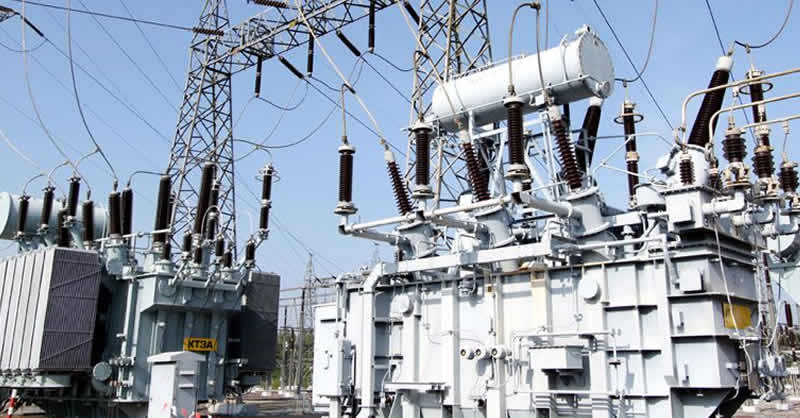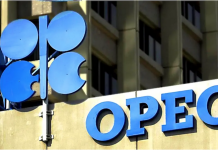The Nigerian power crisis has gotten worse as a result of the lack of gas supply to electrical producing businesses. The nation needs about 30,000 megawatts to produce enough power, but so far it has only been able to produce 5,000 megawatts, falling short of the goal set by the Federal Government last year.
The Nigerian energy Regulatory Commission said last year that the nation’s power industry will strive to produce a minimum of 5,000 megawatts of energy starting on July 1, 2022. This, however, falls well short of what the nation requires. The nation needs 30,000 megawatts of energy generation, according to the Association of Nigerian energy Distributors, which represents Electricity Distribution Companies.
Three years ago, Nigeria produced 5,000MW of energy for the final time. Despite a present generation capacity of 7,000 MW, the power industry is underperforming due to several issues.
According to the NERC’s most recent report for the first quarter of the year, the lack of feedstock, particularly gas, has continued to be a major issue restricting the generation of energy on the grid. According to the research, 17 power plants’ ability to produce energy decreased over the first three months.
Nigeria formerly took great pleasure in its ability to generate 5,000 megawatts of power. However, according to the Systems Operator’s most recent statistics, the nation’s current level of power production is around 4,000MW. On August 6, the 29 power plants in the nation produced 3,803.60 MW.
According to NERC’s 2023/Q1 report, Rivers IPP with a capacity of 180MW, and Afam VI with 624MW reported gas shortage-induced outages. Similarly, 600MW Shiroro reported outages due to water management to maintain its reservoir through the dry season.
Insufficient gas supply has consistently been reported as one of the major challenges bedevilling the power sector. 20 gas power plants underperformed, leading to power generation dropping below 2000MW. The affected plants were Omotosho units 5 & 6, Olorunsogo units 3, 4 & 6, Omoku Units 3 & 6, Omotosho NIPP units 3 & 4, Delta units 15, 17, and 18, Afam VI units 11 & 12, Olorunsogo NIPP unit 3, Ihovbor NIPP unit 2, Sapele Steam unit 3, Sapele NIPP unit 1, Odukpani NIPP units 1 & 3, and Okpai units 11, 12 & 18.
In 2023/Q1, the average hourly generation on the grid was 4,334.41MWh/h, which indicated an increase of 92.05MWh/h (2.16 per cent) compared to 4,242.36MWh/h in 2022/Q4. Only three plants recorded increases in their average hourly generation over the two quarters – Afam VI (+142.12 per cent), Egbin ST (+50.63 per cent), and Odukpani (+19.19 per cent). The overall increase in average hourly generation within the quarter was due to an increase in the available capacity of Egbin, Afam VI, Geregu and Sapele power plants.
The biggest improvement recorded in Egbin’s hourly output was virtually proportional to the improvement in its availability. This is to be expected because Egbin plays a critical role in meeting demand in the Lagos region, which regularly accounts for 25–30 per cent of national consumption.
Conversely, Delta GS (-15.23 per cent), Azura (-3.24 per cent), Jebba (-3.49 per cent) and Kainji (-2.52 per cent), had reduced hourly generation in 2023/Q1 compared to 2022/Q4. Cumulatively, the average hourly generation of the remaining 19 power plants decreased by 15.35 per cent in 2023/Q1 compared to 2022/Q4.
Another challenge that continues to limit output on the grid is the prevalence of unscheduled corrective outages. Alaoji NIPP lost one of its units (GT2) throughout the quarter due to emergency repair works on the unit following a fire outbreak, according to the report.
The total electricity generated in 2023/Q1 was 9,350.24GWh, indicating a decrease of 15.41GWh (-0.16 per cent) from the 9,365.65GWh generated in 2022/Q4.
According to NERC, 10 power plants reported increased generation in 2023/Q1. On the flip, 17 plants recorded a decrease in generation during this period.
The average load factor for all grid-connected power plants was 86.39 per cent in 2023/Q1, meaning that 13.61 per cent of available capacity was unutilised during the period. The 86.39 per cent load factor recorded in 2023/Q1 represented a decrease of 9.04 per cent from the 95.43 per cent average load factor recorded in 2022/Q4.
The load factor is a measure of the utilisation of a power plant’s capacity, calculated as the ratio of the average electricity generated to the maximum possible generation over the period, based on the available capacity. A higher load factor results in better capacity utilisation, reducing the cost per unit of energy and increasing profitability, as fixed costs are spread over a larger amount of dispatched energy. The load factor reflects both demand for energy and a plant’s ability to supply it.
The NERC report disclosed that 18 power plants recorded dispatch rates of at least 90 per cent in 2023/Q1. Omoku (100 per cent), Trans Amadi (100 per cent), Ihovbor NIPP (100 per cent) and Afam VI (100 per cent) were the four plants that had the highest utilisation rates.
All the hydro plants except Shiroro, continued to experience a high dispatch rate (> 90 per cent) in line with the commission’s order. NERC had in a circular, NERC/182/2019, mandated that all hydro plants should be dispatched with priority to reduce wholesale energy costs for consumers.
There are also environmental considerations for the prioritisation of the hydro plants as they have a major impact on water flows further downstream. The reason Shiroro had a dispatch rate below 90 per cent was due to water management initiatives being implemented by the System Operator to guarantee the plant could run through Q2 ahead of the rainy season.














